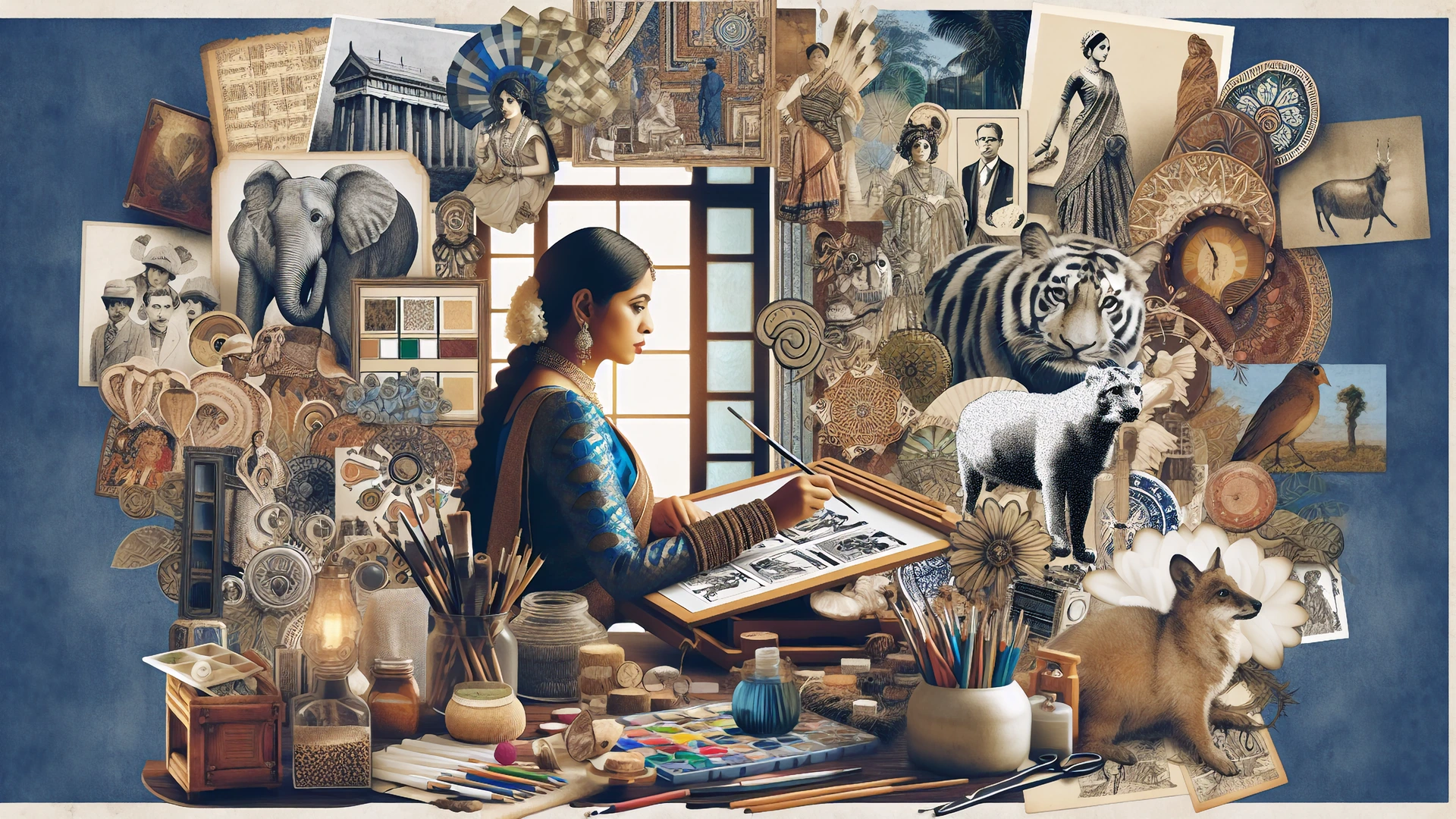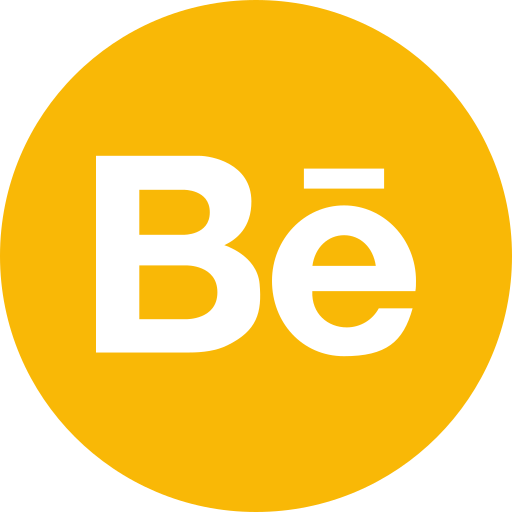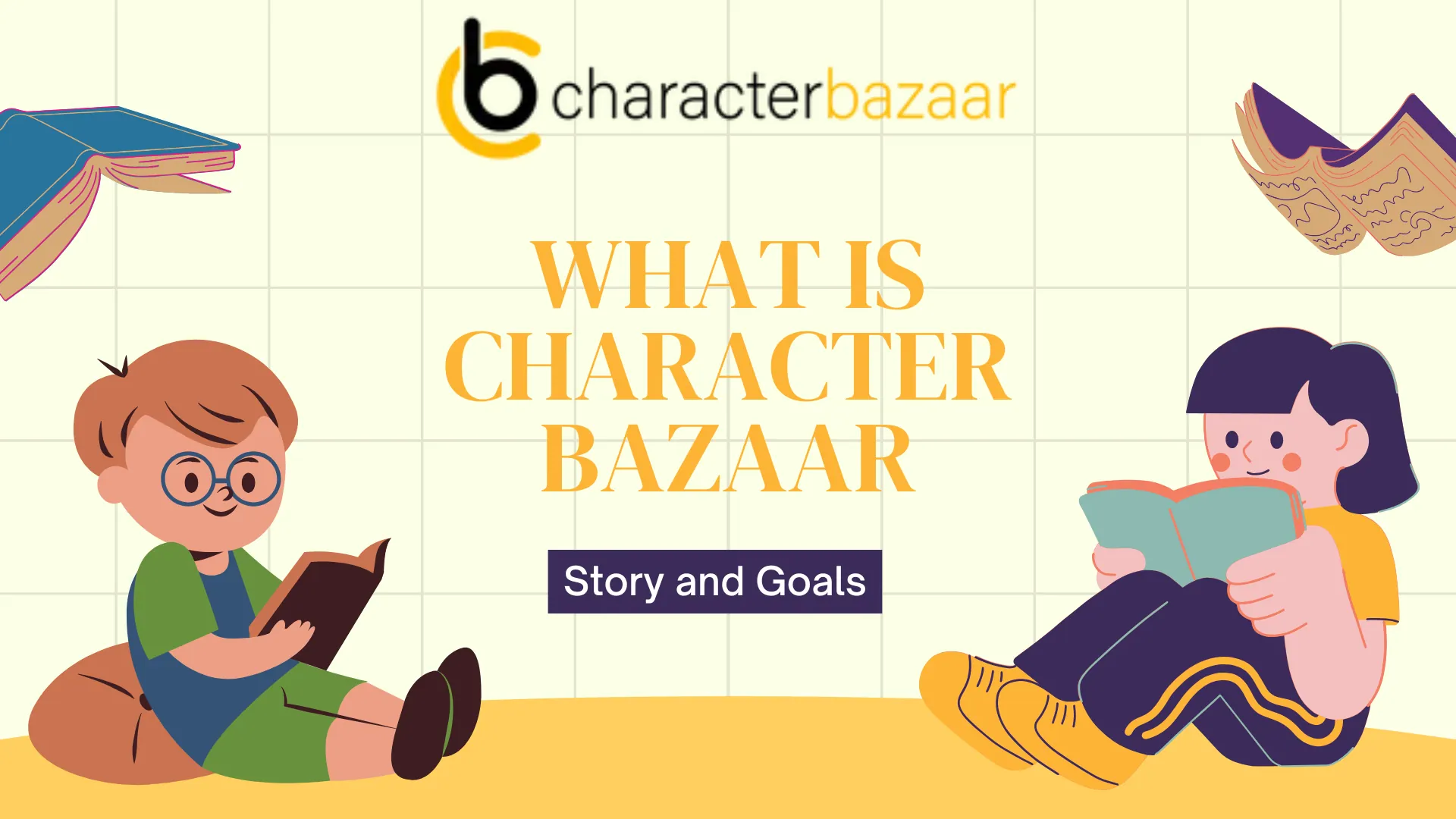
Character Concept Art: Designing the Impossible
KEY TAKEAWAYS:
- Character concept art makes memorable animated characters.
- The design of a good character can either break or make an animation.
- It requires cooperation between the artist and the client to arrive at successful designs of the characters.
- Understand the role, personality, and world of your character for effective concept rating.
At the core, character concept art means the visual development of any character style for animation, games, comics, and other media. Taking an idea, usually just a vague description or feeling, and developing it into something visual that truly captures the character.
This isn’t just about painting pretty pictures; this is a visual blueprint that is going to govern every single aspect of a character’s overall development, from modeling and rigging to animation and even marketing.
Let us see why that forgotten area of animation, so interesting to people in the industry is.
Let us see why that forgotten area of animation, so interesting to people in the industry is.
Why Character Concept Art Matters
You must be wondering by now, "Can’t we just start animating, and then figure out everything along the way?" Trust me, I have seen projects try to take this approach, and rarely do they end well. Here is the reason character concept art is so vital:
- Visual coherence is managed;
- It helps define the character’s personality;
- It even helps save time and resources in the long run with marketing and merchandising;
- It basically serves to reinforce world-building.
The Process: From Idea to Image
Creating compelling character concept art isn’t a linear process. It’s an exploratory, iterative, and refinement-rich journey. Here’s a very general overview of how it typically unfolds:
- Research and Inspiration
- Sketching and Exploration
- Refinement and Detailing
- Color and Texture
- Presentation and Feedback
- Revisions and Final Approval

Digging Deep: Research and Inspiration
Before a single line is drawn, a good concept artist immerses themselves in research. This might entail:
- This means reading the brief many, many times;
- Doing research on specific historical periods or cultural references that may have an influence;
- Referencing other media for similar characters;
- Looking for real-world references on anatomy, clothing, or props.

Sketching: Where Ideas Form
This is where the rubber meets the road. Armed with research and a good brief, the artist starts to play with several ideas by quickly sketching them out. They aren’t intended to be highly artistic pieces but more along the lines of visual brainstorming sessions.
What works here is that it’s about quantity over quality. I have even seen dozens, sometimes hundreds of sketches for a single character by an artist. It’s about exploring possibilities and seeing how far one can push things.

Refining the Vision
Once a few promising directions come to light, it is time to make a refinement. This step includes:
- More detailed drawing development
- Variations of poses and different expressions
- Animating the character: How will it move? How will it interact?
- How will this design translate into 3D if necessary?

It’s a time when the character will truly begin to come alive.
Adding Color and Texture
Color can dramatically change the mood and character of a character. This stage involves exploring different color palettes and textures, considering:
- The personality of the character and any back story
- The feel of the project
- How the character will look in various lighting
- Any practical considerations for animation or game development
Presenting the Concept
Presenting character concepts is an art form of its own. A good presentation may include the following elements:
- Multiple views of the character (front, side, back)
- Expression sheets showing different emotions
- Action poses showing how the character moves
- Color variations or costume changes
Feedback and Iteration
Very few character designs get approved in one go. The feedback and revision process is the most important part. It may include:
- Proportion adjustment
- Color adjustment
- Costume element adjustment
- Rethinking parts of the design
The Tools of the Trade
While talent and creativity are paramount, the tools used in character concept art can significantly impact the process and results. Here’s a quick overview of some common tools:
| Tool Type | Examples | Pros | Cons |
|---|---|---|---|
| Digital Painting Software | Photoshop, Procreate | Versatile, easy to edit | Learning curve, can be expensive |
| 3D Modeling Software | ZBrush, Blender | Allows for 3D visualization | Complex, time-consuming |
| Traditional Media | Pencils, markers, paint | Tactile, unique textures | Less forgiving, harder to edit |
| Tablet/Stylus | Wacom, iPad Pro | Precision, pressure sensitivity | Can be expensive, requires maintenance |

The Art of Collaboration
Throughout the years of work in animation studios, I learned that great character design rarely arrives on its own. As a process, it involves collaboration between:
- Concept artists
- Art directors
- Writers
- Animators
- Clients or stakeholders

Common Pitfalls in Character Concept Art
There are always traps that even experienced artists fall into while designing characters. Here are some common pitfalls to avoid:
- Overdesigning: Too many details make a character difficult to animate or relate to.
- Ignoring the character's purpose: Keep in mind the purpose of the character; the design should always serve this.
- Forget technical limitations: A design that is impossible to animate or render isn’t useful.
- Steal from other designs: While being inspired is good, originality is important.
- Cultural sensitivity: An individual should keep in mind how the designs will be perceived across cultures in our global market.
The Power of Good Character Design
The well-designed character will become an icon, transcend the original project, and become part of the culture. Think about Mickey Mouse, Pikachu, or even the Minions—everything is extremely simple but unique in design. That is why they are so recognizable and likable across various media and merchandise.
The energy of excellent character concept art is that it is capable of creating characters who stand among audiences over a period of time.
The energy of excellent character concept art is that it is capable of creating characters who stand among audiences over a period of time.
Future of Character Concept Art
The future of character concept art is changing along with technology. Some of the interesting developments include:
- AI-assisted design tools
- Virtual reality sculpting
- Real-time rendering for instant feedback
- Procedural generation for background characters

Wrapping Up
Concept art is a powerful mixture of creativity, technical skill, and telling. It is the ground from which memorable characters are born; its place within the process of animation cannot be overestimated.
Whether you are a young artist trying to break into the industry, a client looking to commission character designs, or an animation enthusiast in general, I hope this deep dive into the subject has given a newfound appreciation for the artistic and craft elements that go into making the characters we love.
Great character design doesn’t have to do with something that looks cool; it’s something that feels alive and full of personality and possesses a story of its own. That’s the real magic of character concept art.
Whether you are a young artist trying to break into the industry, a client looking to commission character designs, or an animation enthusiast in general, I hope this deep dive into the subject has given a newfound appreciation for the artistic and craft elements that go into making the characters we love.
Great character design doesn’t have to do with something that looks cool; it’s something that feels alive and full of personality and possesses a story of its own. That’s the real magic of character concept art.
FAQs:
1. What are the skills required for a character concept artist?
The most crucial ones are advanced drawing, creativity, knowledge of anatomy and proportion, colour theory, and digital arts software. One also needs to have the capacity for receiving and implementing feedback. Besides these, storytelling skills and knowledge of personality and function are equally significant.
2. What is the Difference Between Character Concept Art and Character Illustration?
Character concept art is created in order to brainstorm ideas for characters, which often means actualizing several iterations, different poses, and design elements. On the other hand, character illustration is usually a finalized and polished version of the character intended for use either in promotional materials or within the final product.
3. Just how important is knowledge of anatomy in character concept art?
Even the most stylized of characters require some knowledge of anatomy. Knowing how anatomy works in reality means that artists know what can and can't be done, so they can distort or exaggerate features effectively and still retain a sense of believability.
4. How do you know that the character design will translate well into animation or 3D modeling?
Consider the range of motion of a character, avoid overly intricate details that may be too difficult to animate, and create clear silhouettes. Multiple views, such as front, side, and back, are also good for a design. Look at what your design will look like from different angles. Consulting or collab with an animator or 3D modeler on the design could be very helpful in this stage.
5. What software do most professional character concept artists use?
Popular software would be Adobe Photoshop, Procreate for an iPad, Clip Studio Paint, and Corel Painter for 2D work. ZBrush, Blender, and Maya are normally used in 3D concept work, but it mostly depends on personal preference and project needs.
Let's Discuss !!














